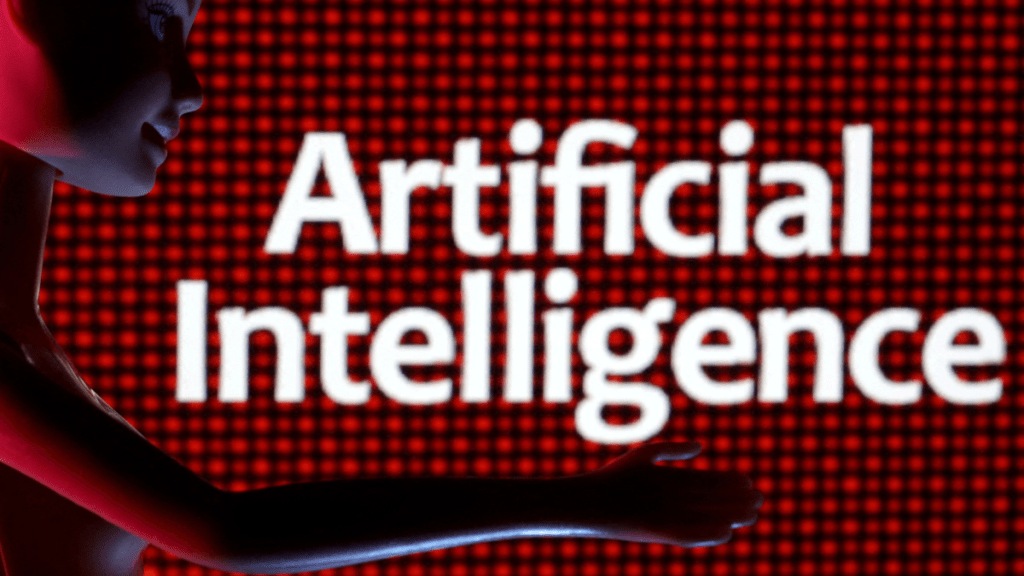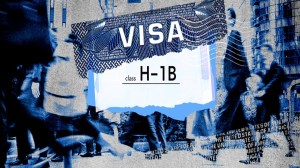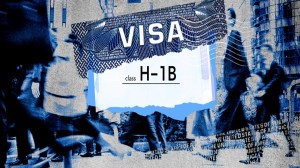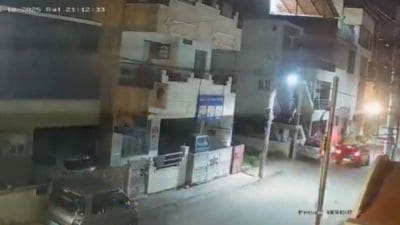By Amit Chadha
The landscape of healthcare is shifting, and this seismic move is propelled by the integration of artificial intelligence into the realm of human diagnosis. For decades, medical imaging has played a vital role in disease diagnosis and treatment. X-rays, CT scans, and MRIs guide doctors by offering crucial insights into the human body. However, human interpretation can be limited by factors like fatigue and cognitive biases, leading to diagnostic errors.
This is where AI steps in, standing guard beside our physicians, casting its gaze where ours may falter, and ensuring that no vital detail is overlooked. Consider how AI augments the work of our pathologists. In India, with a diverse patient population and a paradoxical scarcity of human expertise, AI-powered tools are rapidly reducing the diagnostic load. The introduction of machines like the Mispa Count X has not just made blood pathology tests quicker, but it has also made them more precise.
The human element
This however does not diminish the human element of healthcare. On the contrary, it enhances it. By automating the tedious and intricate tasks, AI liberates healthcare professionals to explore new realms of research and development. It enables them to interpret AI-generated insights with empathy, experience, and instinct – qualities uniquely human.
Radiologists are among the busiest of health professionals, their expertise sought after in every nook and corner of medicine. With this burden mistakes can be made, and cues overlooked. AI stands as an ally, safeguarding against inadvertent mistakes and learning from every image it sees, and every diagnosis it assists in.
Harmonising the human touch
India’s foray into AI-driven healthcare is a delicate balance between scope and scrutiny. A reflection of both our capability and our caution. In a stride towards advancing healthcare, many ER&D services companies are developing cutting-edge solutions. One of the innovations include a computer-aided diagnostics solution to aid and enhance faster detections. Tailored to assist radiologists in analysing chest X-rays, this solution targets the detection and diagnosis of conditions such as pneumonia and tuberculosis.
Artificial intelligence in medical imaging is a beacon, not a replacement. One size doesn’t fit all – a sentiment that’s particularly true in healthcare. We stand on the threshold of a new frontier in healthcare, where pixels are as precious as prescriptions, and algorithms as astute as anatomical knowledge.
The future of medical imaging undoubtedly lies in collaboration between human expertise and the power of AI. This collaboration holds the promise of equipping healthcare professionals with the tools and technology to deliver sharper diagnoses, superior care, and chart a path towards a healthier future for all.
The author is CEO & MD, L&T Technology Services (LTTS)
(Views are personal)









